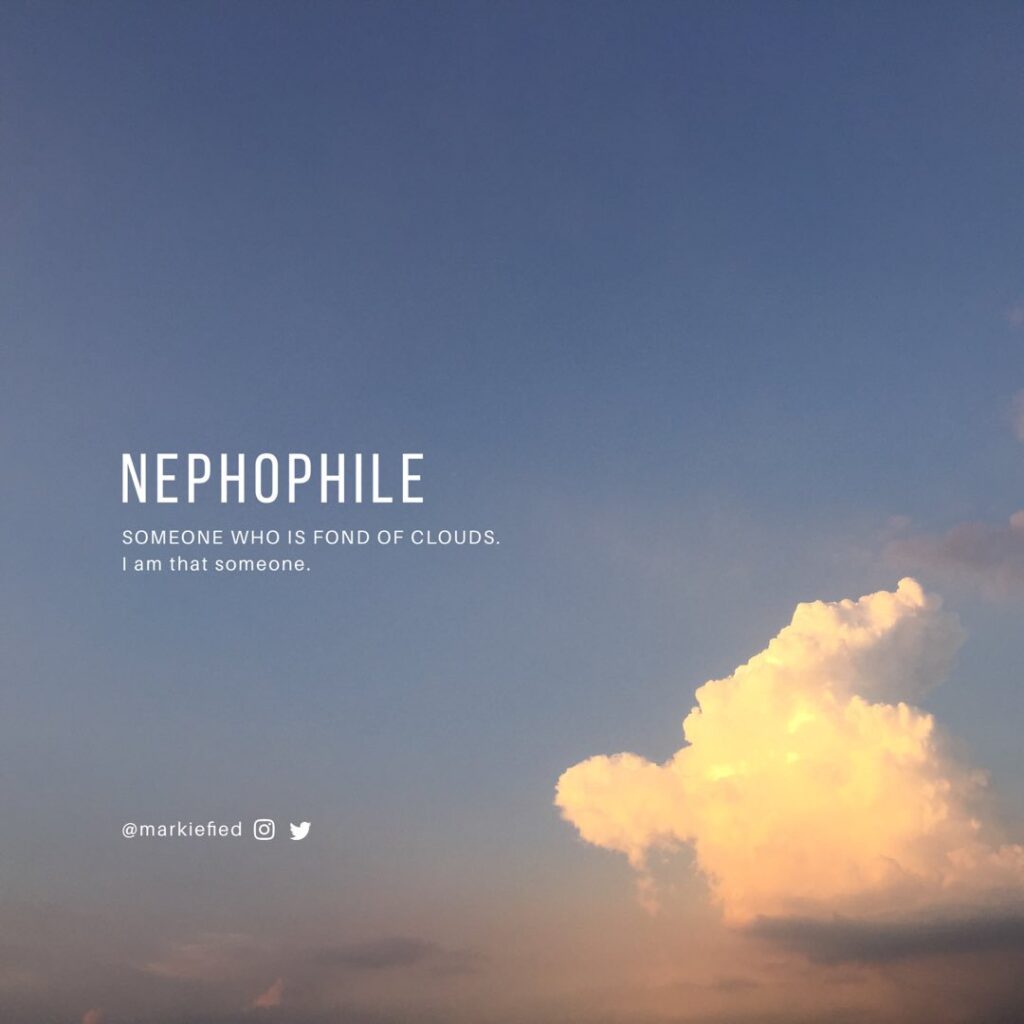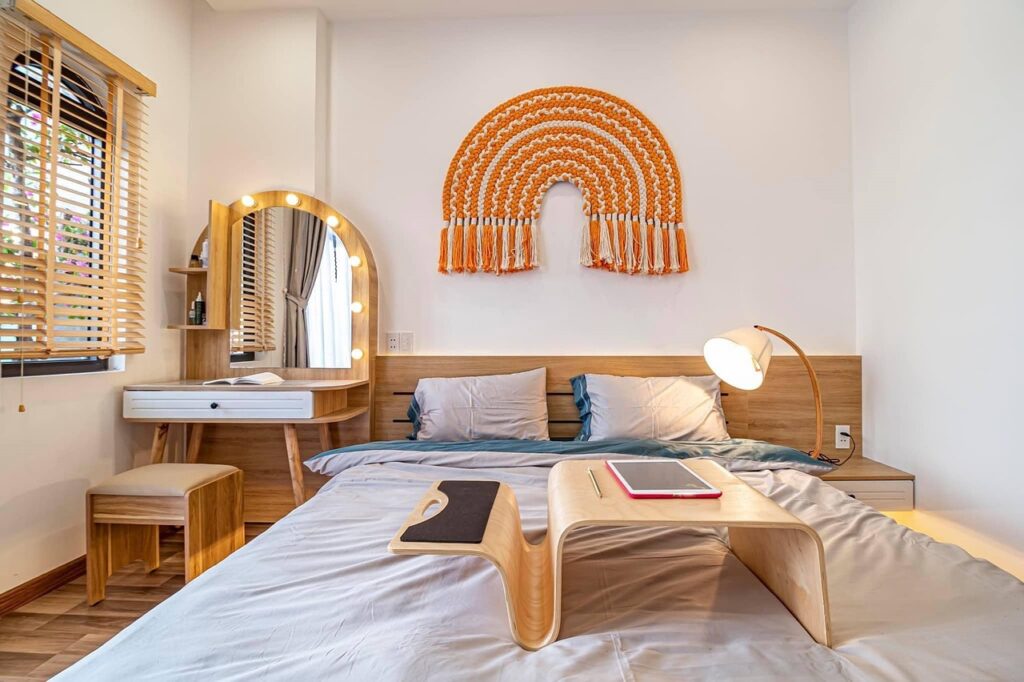Skirts are simply wardrobe essential. Every lady should have various types of skirts in their fashion collection for different occasions.
Skirts come in different shapes and designs. They have been classic wear from several decades ago and have remained so even now.
The beautiful thing about this piece of wardrobe essential is that it’s effortlessly fashionable, as you can wear it with either a top or a shirt.
Many people see various skirts and wonder what to call them. In this piece, we’ll consider different types of skirts that you can find.
Different Types of Skirts
1. The Pencil Skirt

The pencil skirt has two or three panels and is fitted from the waist to the hem. Your options depend on whether you want a structured or flowy skirt, as well as the temperature.
During the winter, you can wear a lined wool pencil skirt with thermal tights and boots. During the summer, choose a less structured fabric to pair with a tee and sandals.
The pencil skirt, also known as the jupe crayon in French, is a wardrobe staple for French women. This is due to its versatile, comfortable and elegant design.
2. The A-Line Skirt
The A-line skirt is a truly classic piece; it looks well on all body types and is incredibly flexible. If you put it flat on the floor, it looks like the letter A.
The French refer to them as jupe trapèze because of their likeness to that geometrical shape. The lengths range from just above the knee to floor-sweeping lengths. They have zipper or button closures and they sometimes come with pockets.
This classic skirt flatters all body types because it hugs the narrowest section of the waist and gradually widens out. This results in a well-balanced, feminine silhouette.
Depending on your preferences, you can choose a style that highlights or conceals your legs. Overall, the A-line dress can be worn up or down and is a wardrobe staple for every lady, including the panel, flare, gusset and fit and flare skirts if the pattern is altered appropriately.
3. The Miniskirt

This short skirt is typically cut high or mid-thigh, with a length above the knee. Depending on the fabric, cut, and fit, it can serve as a standalone standout piece.
Though less adaptable than the A-line and pencil skirts, the mini can be worn with a range of heeled and flat shoes. The attractiveness of the mini skirt lies in its simplicity and its construction.
An ill-fitting mini is significantly less forgiving than an ill-fitting A-line. However, if the skirt is well-made and of high quality, it can be both daring and elegant. As with any fashion item, select a mini skirt that complements your style and silhouette.
4. The Denim Skirt

The denim skirt can take any shape, but given the fabric’s history, it merits a different category for itself. Denim is a heavy-duty cotton twill designed to resist the rigors of the workplace.
While the textile originated in India, it appears that the name Denim is derived from the French “de Nîmes”, the location where the cloth was reinvented.
Serge de Nîmes’ denim seems softer and just as durable as its Indian cousin. Denim is now used worldwide, with limitless variants in both popular and high-end designs.
5. The Ballerina Skirt

The ballerina personifies not only ethereal beauty and femininity but also strength and talent. Serena Williams is known to enjoy wearing ballet skirts to tennis matches.
In ballet, it is often thigh- or ankle-length, with layers of tulle to highlight the dancer’s motions. Otherwise, it is usually knee-length or shorter and can be worn with heels or flats.
Ballerina skirts may be a striking piece when worn with a colorful and cheerful outfit. You can dress it up with a top and heels or dress it down with a classy tee and designer sneakers for a more casual approach. The ballerina adds a daily touch of whimsy and fun to your outfit.
6. The Box Pleat Skirt

The box-pleated skirt (jupe plissée in French) exudes charm and refinement. Perhaps it’s the pleats that open and close in movement, bringing beautiful kinetic character to an otherwise plain A-line.
Females of various ages can wear a box pleat skirt. It could be a school uniform or an official skirt suit.
A box pleat skirt can have many or few pleats, both deep and shallow. They are created by folding the textile inside and pressing the folds.
The fold stitch that extends up to the waist might be a unique visual component of the design. Whether you dress the box pleat up or down, you’ll have a comfy and feminine ensemble for the day.
7. The Circle Skirt
The fundamental characteristics of the circle skirt classics are A-line, pencil, and box pleats. The circular skirt has a similar shape, but the cut allows for much more flow and bounce.
It’s like a circular piece of fabric with a hole in the middle. The outer rim forms soft waves around the knees or ankles when worn. So, it bounces as the wearer moves.
This is an excellent way for DIYers to get started on their skirt. It is made up of two half circles that are sewn together on either side.
The circle skirt (jupe cercle in French) is both feminine and versatile, and you can’t help but want to twirl in it. Many designers always include a carefully picked variety of seasonally appropriate, vintage-inspired circle skirts.
8. The Cowl Skirt
A cowl is a feature created by draping and tucking cloth at the waistline, resulting in multiple wavy drapes (cowls) that taper as they fall.
The skirt features a high waistband to emphasize the drape and ranges in length from mid-thigh to ankle.
Cowls are often made of soft materials like silk, cotton, linen, or synthetic blends to allow them to drape smoothly. The Bubble and Tulip skirts are similar in shape but have different patterns and constructions.
9. The Straight Skirt
The straight skirt is intended to hang straight down from the waist in a neat line. Its lack of pleats, flare and fullness distinguishes it from the other types of skirts.
The skirt combines the allure of the A-line and pencil skirt, but many people believe it exudes a unique kind of elegance.
It is an adaptable item to have in your collection because it may be worn in a very modest or trend-forward manner.
10. The Wrap Skirt
Wrap skirts have appeared in artwork throughout history. A wrap skirt, as the name implies, is secured by wrapping it around the waist and attaching it with buttons or knotting the tie.
The wrap skirt can be either extravagant or plain. Regardless, the finest feature is the adjustable fit! It’s also an excellent alternative for DIYers who want to start sewing their garments.
Since their emergence in the 1970s, the wrap dress and wrap skirt have grown in popularity. It’s easy to see the reason, which is because it’s feminine and comfortable, making it ideal for a variety of occasions.
11. The Asymmetrical
This skirt is ideal for adding a touch of drama to your everyday ensemble. As the name implies, it not only says goodbye to symmetry, but depending on the design, it can deviate from all of the criteria for skirt construction.
For example, it could be made up of panels cut at various angles. Asymmetric designs can be as bold as the female who knows how to wear them. And that is the secret to this style of skirt: finding the appropriate balance to suit your shape.
Another appealing feature of this skirt is its ability to create a one-of-a-kind style according to your mood.
12. The Yoke Skirt
The yoke skirt includes an “elongated waist panel,” followed by other panels cut in a different pattern. The elongated section is the yoke.
A yoke is often made by doubling a layer of cloth for structure. Just like a male’s shirt, the top shoulder appears thicker because the two layers of fabric form a yoke that can resist greater strain. The yoke skirt makes use of this trait to provide stability around the tummy.
In contrast, the panels sewn below the yoke are more ornamental than structural. A yoked skirt can have the general shape of an A-line, pleated, pencil, or straight skirt, as long as the yoke is present.
In addition to the structural component, this skirt style offers visual appeal and detail to your wardrobe and appearance.
13. The Tiered Skirt
The tiered skirt, as the name implies, is made up of numerous bands of fabric sewed at various intervals, similar to a tiered cake.
The beauty of clothing is determined by its color, fabric, proportions, and ideas for ornamentation or simplicity.
They can be knee-length or longer, with fullness ranging from an A-line to a circle skirt. This sort of skirt can be incredibly feminine, quirky, and enjoyable to wear.
Conclusion
So here are some of the different types of skirts you’ll find. These classic fashion pieces are great for everyone, as the variety of styles makes it easy for you to wear what suits you on different occasions.




